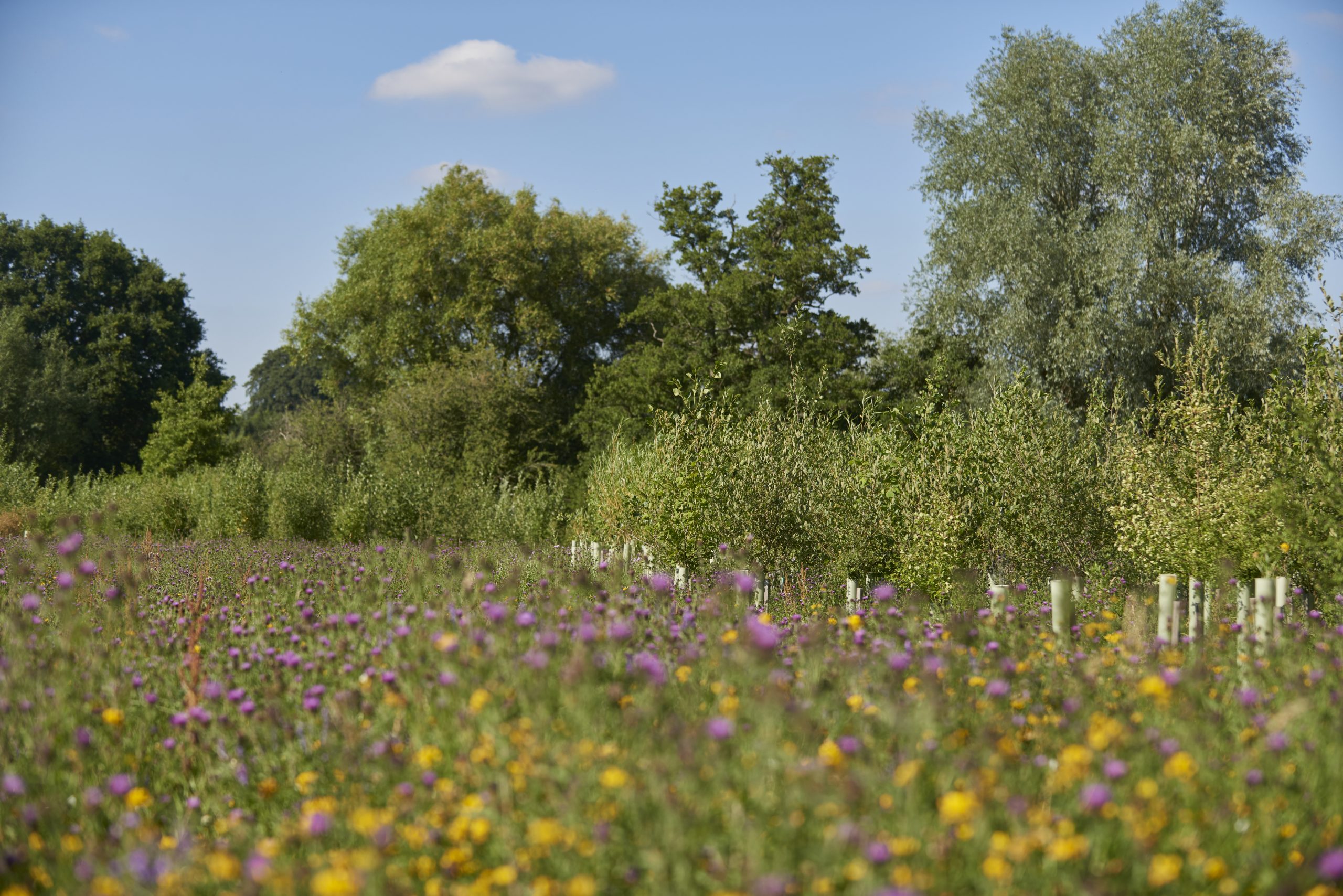Rebuilding Nature: Good Practice Guidance for Ecological Restoration
Evidence-based large-scale ecological restoration, underpinned by the re-establishment of ecological processes and ecosystem services, can help to meet the unprecedented challenges of biodiversity loss, habitat fragmentation and climate change we face today. We have the chance to take actions now which will affect our lives and the lives of future generations.
Why we need guidance
In 2021 CIEEM carried out a survey of the more than 900 members of the Ecological Restoration & Habitat Creation Special Interest Group (SIG). The survey question ‘What can CIEEM do to help you with habitat creation and habitat and species restoration and translocation?’ generated responses that demonstrate the need for good practice guidance including:
Biodiversity net gain will be mandated through provisions in the Environment Act…and…the use of habitat creation/restoration as a nature-based solution within carbon markets/carbon trading is set to grow. There is a window of opportunity for CIEEM and the SIG to really drive and set the agenda for best practice in habitat creation and restoration in the coming years challenging standards, setting best practice [and] filling knowledge gaps.
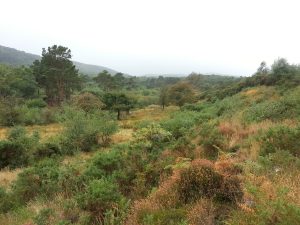
Dorset Heath Wilding
CIEEM’s response
Guidance on ecological restoration projects in terrestrial, freshwater and marine environments of the UK and Ireland is being prepared by a CIEEM working group established by the Habitat Creation and Ecological Restoration SIG. It will capture restoration measures (enhancement, creation, and translocation) to aid in the design and management of effective habitat restoration projects, leading to a more robust and consistent approach to ecological restoration.
The working group is led by John Box, CIEEM Fellow and past CIEEM President with membership from a range of experienced practitioners from the UK and Ireland.
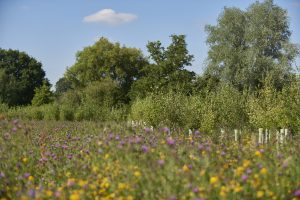
July 2022. Stoneleigh ecological mitigation site at HS2
The first step
In January 2024 the working group produced an interim six page document, published by CIEEM, which includes ten good practice principles for ecological restoration and a glossary with definitions of key terms: Good Practice Guidance for Ecological Restoration.
The interim document was accompanied by a spreadsheet of ~ 130 important references on habitat restoration. This reference list is not intended to be exhaustive and will be updated as further sections of the guidance are produced.
Next steps
The working group decided that a set of five overarching topics, setting out principles in order not to repeat these in subsequent habitat sections, was the way forward and these are due for publication in early 2025:
- Project planning and implementation
- Ecosystems services and opportunities
- Large-scale Nature Recovery and Restoration
- Physical Environment (geology, soils, landscape)
- Monitoring
Following the overarching topics, sections will be published in stages, over 2025 and 2026, covering all major habitats including woodland, bogs and grassland. Each overarching topic and habitat section aims to be concise, with links to more detailed information and case studies.
The topics and sections will be peer reviewed by the working group as well as by the CIEEM Professional Standards Committee before publication. Online publication will make the guidance more flexible for future updates.
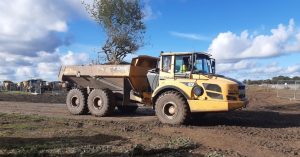
Hedgerow being moved. Credits: Stuart Lowe
Publicity and training
The working group gave short updates on the guidelines at the 2024 CIEEM conferences in Scotland in October ‘Reshaping Scotland: Nature Restoration in Action’ and in Cardiff in November ‘Restoring Forwards: Best Practices for Resilient Nature Restoration’.
Short webinars are planned in January 2025. The first will present an outline of the guidance, the second will have a focus on the overarching topics with a Q&A session.
Following these introductory webinars, a programme of on-line events will be offered to accompany the published habitat sections in 2025 and 2026.
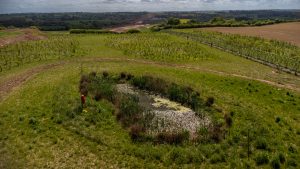
May 2022. Cubbington ecological mitigation at HS2
Competency standards
The technical competencies set out in the CIEEM Competency Framework include ‘designing and preparing environmental management, mitigation, restoration and enhancement plans’ in the Environmental Management competency.
Following publication of the good practice guidance, the working group plan to develop the technical competencies and standards for habitat restoration.
The working group welcomes constructive feedback on the guidance and related materials. Please send feedback er@cieem.net
All photos are from draft guidance and authorised for use
 Kat Stanhope is Strategic BNG Manager at National Grid, a CIEEM Fellow and a member of the CIEEM working group producing the good practice guidance for ecological restoration.
Kat Stanhope is Strategic BNG Manager at National Grid, a CIEEM Fellow and a member of the CIEEM working group producing the good practice guidance for ecological restoration.
Blog posts on the CIEEM website are the views and opinions of the author(s) credited. They do not necessarily represent the views or position of CIEEM. The CIEEM blog is intended to be a space in which we publish thought-provoking and discussion-stimulating articles. If you’d like to write a blog sharing your own experiences or views, we’d love to hear from you at marketing@cieem.net.
